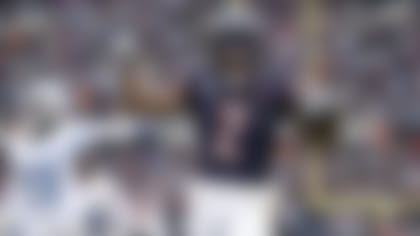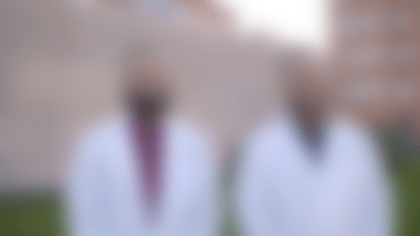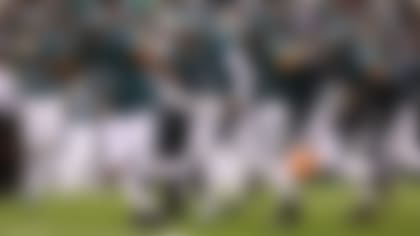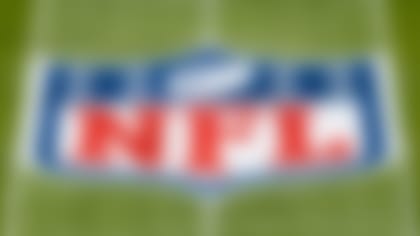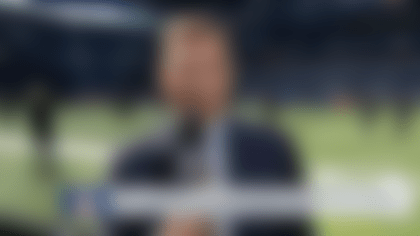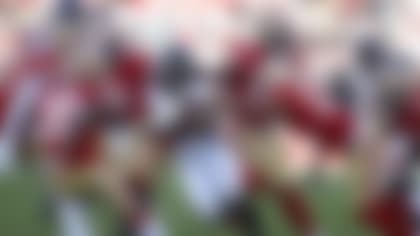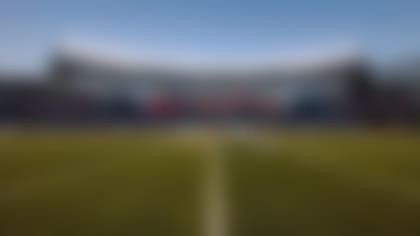'Synchronizing' Care
A large and integrated team of medical professionals, including unaffiliated medical personnel, are on hand at every NFL stadium to provide care for players on game day.
One hour before kickoff, the medical staff from both teams, as well as unaffiliated medical staff in the stadium, come together for a meeting led by the head physician for the home team.
The focus is to make sure everyone is on the same page should any health or safety issues arise. These discussions offer an opportunity to review stadium resources on hand such as transport carts and stadium exits, as well as a confirmation of the nearest hospital that's designated in the emergency action plan.
“It’s a very thorough mix of professionals in science and medicine,” said Dr. Tony Casolaro, Head Team Physician for the Washington Redskins. “And you really have to work as a unit.”
Better teamwork means better communication. Better communication means the wide range of medical expertise on gameday can be leveraged to improve player health and safety.
"It's a very thorough mix of professionals in science and medicine," said Dr. Tony Casolaro, Head Team Physician for the Washington Redskins. "And you really have to work as a unit."
"It's all about being on the same page," said James Collins, Head Athletic Trainer for the Los Angeles Chargers and President of the Professional Football Athletic Trainers Society (PFATS). "We have to work as a team in order that we get the best care for the player during the game."
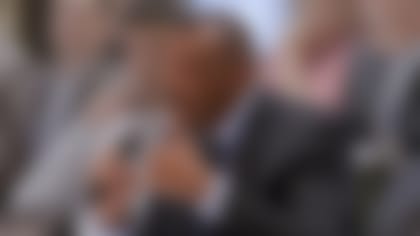
Learn more about the Sideline medical team behind the team here.
Improving Communication
Dr. Allen Sills, a neurosurgeon who has specialized in the treatment of athletes, began working as the NFL Chief Medical Officer—a new, full-time position—in May 2017. In past seasons, he provided care for players on the Tennessee Titans sideline as an unaffiliated neurotrauma consultant.
He said his past experience on the sideline will help him advocate for team medical staff.
"We have an extensive and diverse network of medical providers in each stadium on game day," said Dr. Sills. "It's vitally important for us to all be on the same page, and to have great communication among everyone throughout the game as we work through any medical scenarios that may arise."
Since joining the NFL, Dr. Sills has been on a "listening and learning tour" as he calls it.
"One of the first things I identified was a need to improve our coordination and communication across all of our different medical positions," said Dr. Sills.
“We have an extensive and diverse network of medical providers in each stadium on game day,” said Dr. Sills. “It’s vitally important for us to all be on the same page, and to have great communication among everyone throughout the game as we work through any medical scenarios that may arise.”
To improve that coordination, Dr. Sills brought all sideline medical professionals to meet in New York City over the summer for training sessions.
"We reviewed our protocols and procedures, talked about how we can communicate and collaborate better with each other, what challenges we face and how we can do a better job moving forward," he said.
Collaboration in Their Own Words
Along with Mr. Collins and Dr. Casolaro, professionals from every NFL team attended the summer medical training sessions. Here is how they and others describe their work—together—on NFL game days:
- Ronnie Barnes, Senior Vice President of Medical Services and Head Athletic Trainer, New York Giants
"I'm the head athletic trainer at an NFL team and my piece of the puzzle is to assemble a medical team and have some synchrony in terms of the most urgent and emergent situation that might occur on the field—to strains, sprains, fractures and dislocations that might occur during the game.
"I communicate with the physicians, with the athletic trainers, with the physician therapists, with the paramedics, with the ambulance drivers and all of the folks that are there on game day to make certain that the health and safety of the players is taken care of."
- Javier Cardenas, Neurologist and Unaffiliated Neurotrauma Consultant, Member of the NFL's Head, Neck and Spine Committee
"My role on game day is to make sure that athletes are safe." If there's a suspected concussion during play, Dr. Cardenas helps evaluate players on the sidelines and "if we feel that there's a greater concern, we head on to the locker room."
- Rob Rehberg, Certified Athletic Trainer Spotter (ATC Spotter)
ATC spotters are in a press box booth, watching most of the game through a pair of binoculars and on video monitors for television replays. "I'm always standing," Rehberg said. They notify on-field medical staff of possible injuries. They also have the authority to call a medical timeout to stop the game to have a player receive medical attention.
"It's always a great learning moment to hear, especially from the unaffiliated neurotrauma consultants, what their perspective is on the side line …. We can give them another dimension into the evaluation of their patient that they might not know happened—and so hearing what they're looking for helps us fine tune what we're looking for."
- Tony Casolaro, Head Team Physician, Washington Redskins
"As professional doctors, we're watching over these player patients—and I think they really find great relief in that."
"It's exciting for the physician because the players quite honestly are much more driving this now. They're coming to us and saying I'm concerned. I have two players come—more than one come off the field and say 'I'm concerned I have a concussion. I want to be put through the protocol.'"





